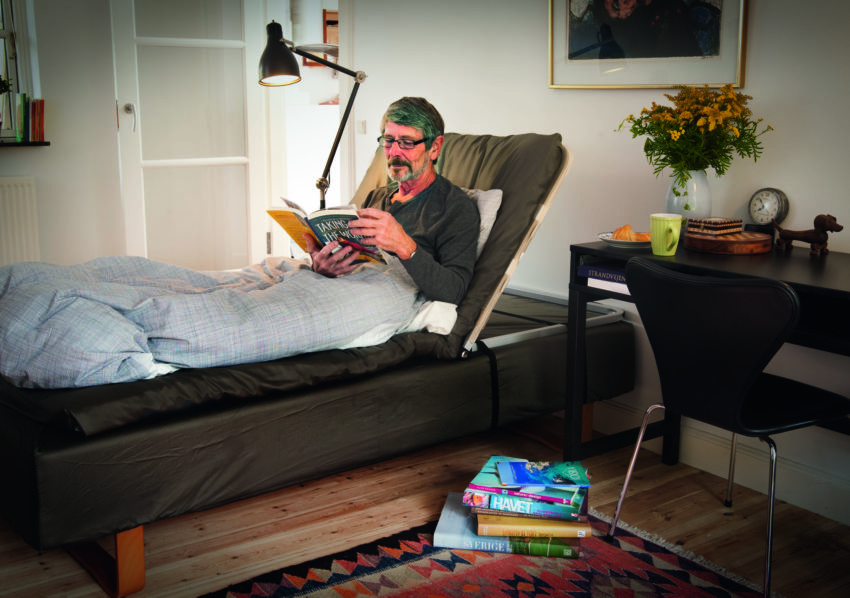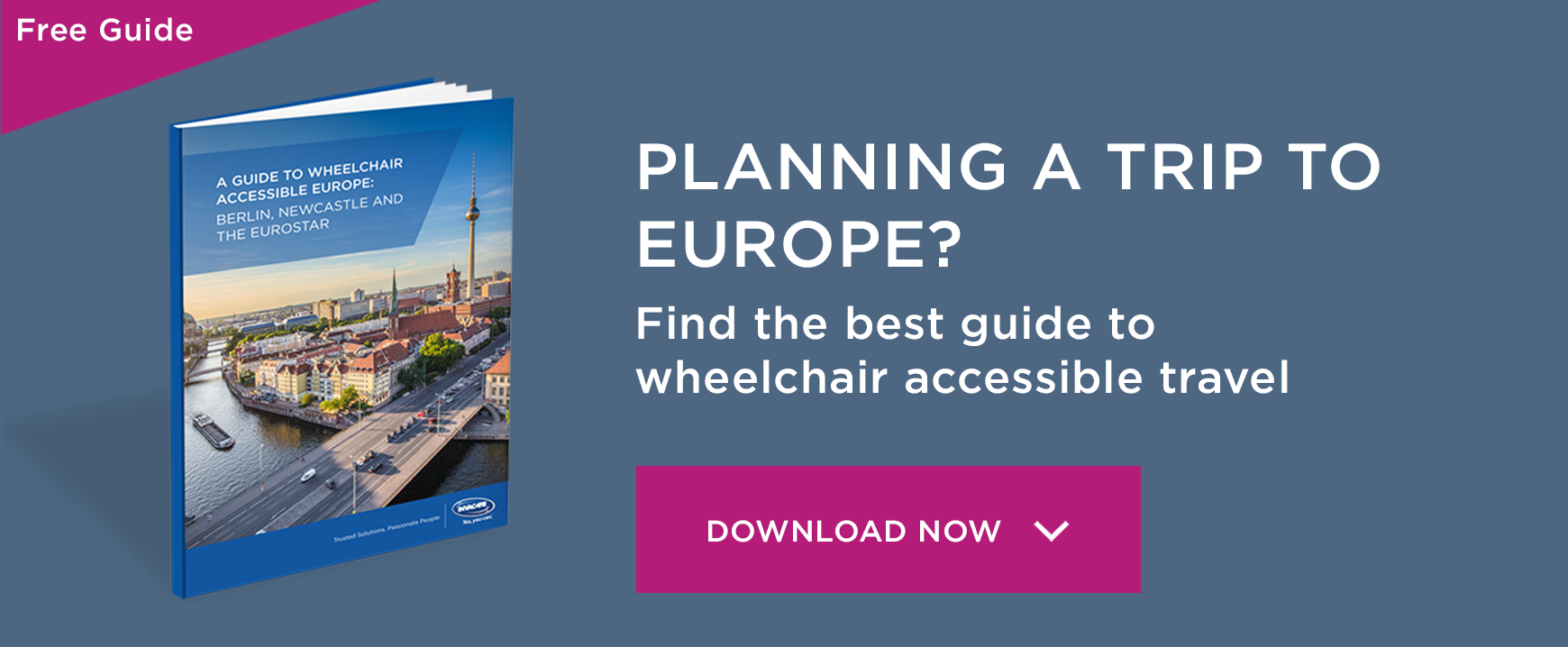
Many people associate a bed backrest with nursing profiling beds whether they be for medical or domestic environments. However, backrests are not just part of an integrated bed but can be stand-alone accessories, used on any standard domestic bed.
When considering the purpose and benefit of a backrest we need to first consider what activities we engage in whilst in bed that are impacted by backrest angle.
Sleep
Getting a good night’s sleep is one of the most important factors of good physical and mental health. Sufficient sleep helps us to process information, focus our attention on tasks, and perform at our best. Sleep is also good for our hearts, our moods, and maintaining a healthy weight.
For people with COPD for example lying flat can put significant pressure on airways and therefore hinder sleep as the person feels unable to breathe. The ability to raise the backrest allows the person to find a position comfortable for them without having to be upright.
Eating/drinking
We all enjoy the occasional breakfast in bed or hot drink before sleep. Whether this is occasionally or regularly it is important to understand how the swallowing muscles work effectively.
There is a lot of research evidence to show that the musculature involved in swallowing works more effectively and efficiently when at an angle greater than 30 degrees. When less than 30 degrees the muscles have to work harder and food/fluid can go down the larynx into the respiratory system, hence the expression ‘gone down the wrong way’.
This normally leads to coughing in an automatic attempt to remove the unwanted item but can occasionally, particularly in the most vulnerable, be silent.
This can lead to acquiring pneumonia and many care environments have adopted a minimum 30 degree tilt sleep policy to ensure that overnight secretions do not go into the lung. The aim therefore is to reduce the number of hospital acquired pneumonia cases.
Reading/Watching television
Rather than use pillows to create a backrest angle which still relies on an element of muscular control and sitting balance due to the soft nature of the pillow. Using a more stable structure such as the Bedco allows you to maintain an angle in comfort with minimal effort whilst engaging in the activity independently.
Transfer
The biomechanics of our transfer in and out of bed require a significant amount of core strength and dynamic sitting balance.
When sitting on the edge of the bed a raised backrest allows the person transferring to lean whilst being supported therefore enabling their core muscles to focus on the movement of lifting the legs.
When getting out of bed an electric profiling backrest enables the person to get into that sitting position without exertion, then acts as support for the lateral movement of legs.
Supporting transfers, eating, drinking and leisure activities impacts on the individual’s overall health and well-being. Whether using the backrest on a profiling bed or as an accessory on a standard domestic bed the benefit is without question.
Keep reading
** This post was originally published on https://www.passionatepeople.invacare.eu.com/role-of-a-backrest-in-supporting-independence-health-and-well-being/


